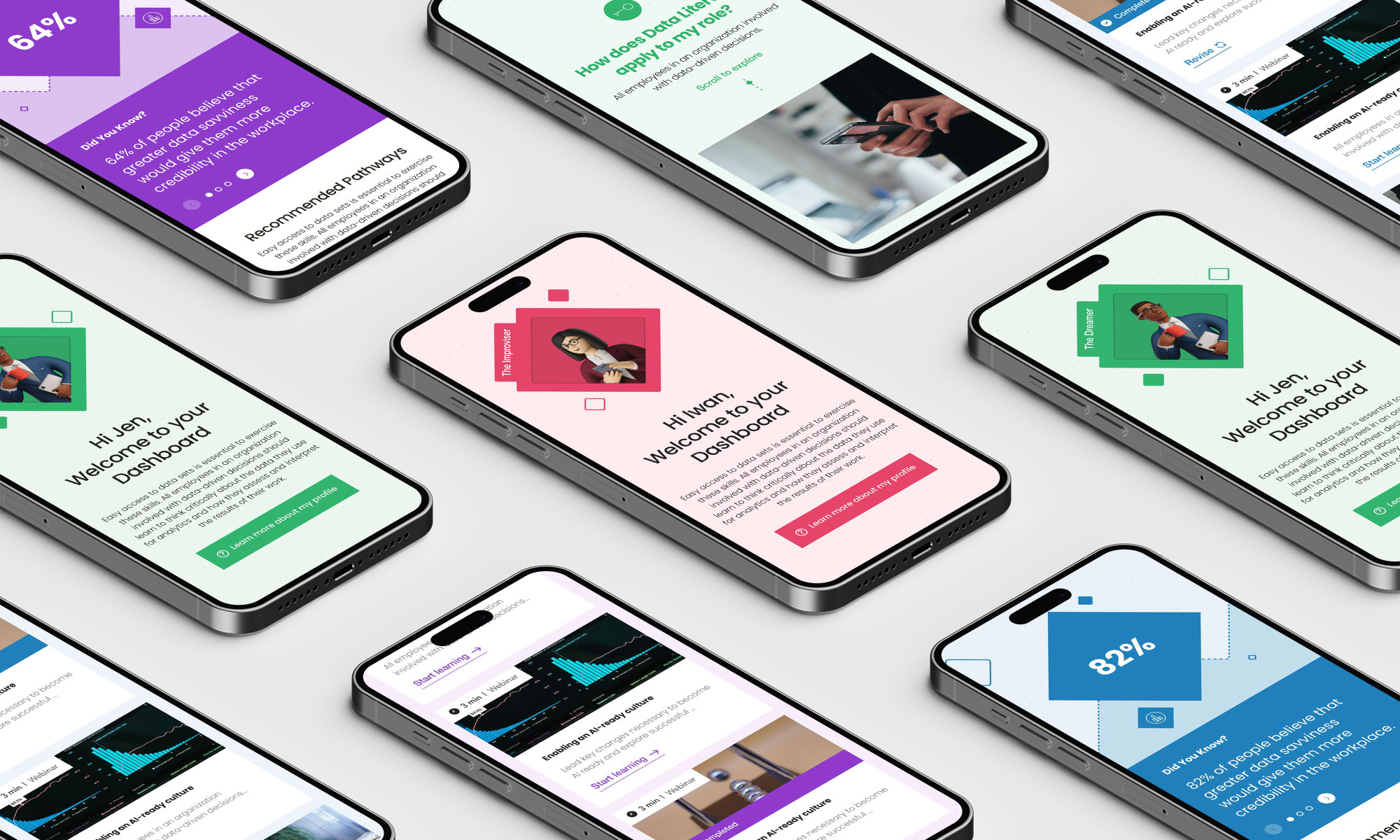Maximising Learning Potential

One of the positive things to come out of the pandemic was companies’ renewed focus on their workforce. The COVID-19 pandemic forced many companies to adapt to new ways of working, and as a result, many recognised the importance of upskilling and reskilling their employees in order to remain competitive and meet changing business needs.
According to a report by LinkedIn Learning, there was a significant increase in the demand for online learning courses in 2020, with learners watching 50% more hours of content than the previous year. The report also found that companies increased their investment in online learning by an average of 59% in 2020.
A survey by Training Industry also found that 84% of companies increased their use of virtual instructor-led training (VILT) in response to the pandemic, and 67% increased their use of e-learning. Additionally, a report by Deloitte found that 66% of organisations plan to increase their investment in reskilling and upskilling over the next year, with digital skills and leadership skills topping the list of priority areas.
This is the first in series i’ll be writing about engagement in learning providing more detail and depth into the strategies mentioned below.
Overall, it appears that the pandemic has led to a greater recognition of the importance of L&D, particularly in the areas of digital skills and remote work. As a result, many companies have increased their investment in L&D in order to meet the changing needs of their employees and their businesses.
The average spend for organisations in the UK on L&D typically look like…
Whereas, in Europe…
Additionally, a survey by LinkedIn Learning found that large companies (with over 10,000 employees) spend an average of $15 million per year on online learning content alone.
So companies invest a huge amount on learning content yet companies struggle to motivate and engage their employees. A report by LinkedIn Learning states the average completion rate for online learning courses across all industries and content types is 29%. This suggests that engagement with learning content is a struggle.
Poor digital experiences greatly hinder engagement in learning. When an LMS or digital learning platform is clunky and challenging to navigate, it discourages users and diminishes their motivation to explore the available learning resources. A subpar user interface further compounds the issue, exacerbating user frustration and reducing their desire to actively participate in learning activities. Moreover, a lack of interactive and engaging content, coupled with inadequate tracking and feedback mechanisms, presents significant challenges for organisations striving to foster engagement in learning. The presence of vast content libraries without proper guidance regarding its relevance to users’ roles and career progression only adds to the complexity and hampers meaningful engagement.
At EC we know that investing in your employees’ development is investing in your company’s success! We have had the pleasure of partnering with numerous organisations to help them improve engagement and get the most out of their L&D spend. Through our experience, we have identified key areas that we focus on to deliver meaningful impact.
Get a baseline
Taking the first step towards identifying skills gaps in an organisation can feel daunting, especially if the workforce is large and spread across the globe. However, it’s a crucial task that can help gain a better understanding of the skills gaps at an individual level, as well as at team, department, regional, and organisational levels. By doing so, you can be more targeted with your L&D spend, which can lead to better ROI. Hit the link below to see how we helped Tesco identify their skills gaps.

THE YELLOW BRICK ROAD
Employees face a significant challenge when it comes to finding relevant learning content. With so much information available, it can be overwhelming to identify what’s necessary for their career development. That’s where curated learning journeys come in. By creating pathways that align with your employees’ role requirements, business objectives, and industry trends, you can help them find the right learning materials quickly and easily. This approach can save them valuable time and effort, increase engagement, and help the employee and your organisation achieve its goals. See how we created learning pathways for DHL.
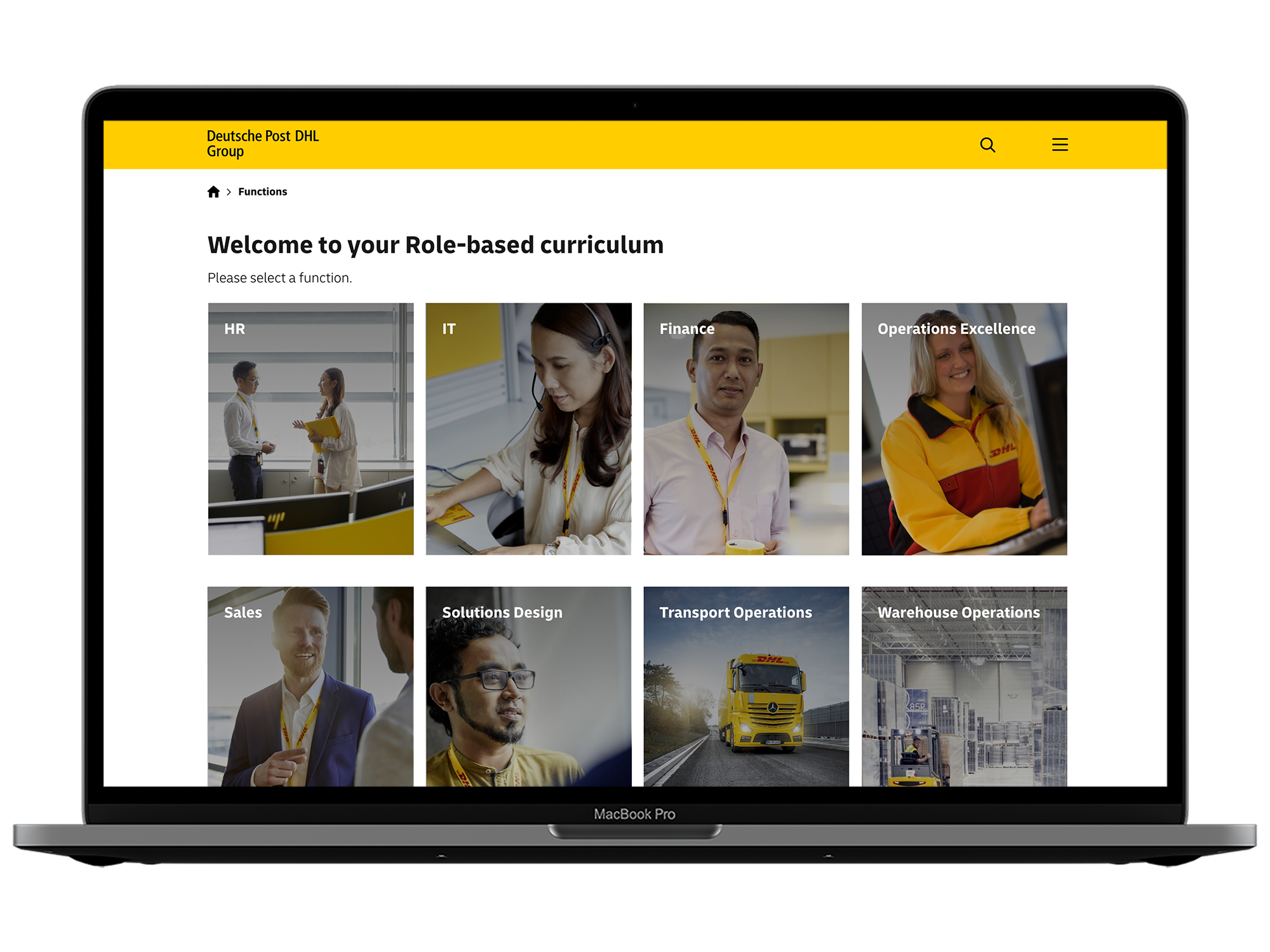
GOOOOOAL!
Goals are essential when learning because they provide a clear direction and purpose for the learning process. With goals in place, learners have a target to aim for, something tangible to strive towards, and a sense of achievement when they reach it. PDPs are a great way to link goals to career development, making learning a meaningful and rewarding experience. And who doesn’t love a little recognition for their hard work? Reward systems like badges, vouchers, or monthly awards give learners a sense of accomplishment and validation, fuelling their desire to learn more and do better.

YOU'RE AMAZING!
Peer-to-peer recognition is a powerful tool to improve engagement in learning. There’s nothing like getting recognised by your colleagues for all the hard work you’ve put in. It’s a great feeling to know that your efforts are being appreciated and acknowledged by those around you. This type of recognition can be a huge motivator, inspiring learners to push themselves even further. Plus, it fosters a sense of camaraderie and collaboration among team members, as they celebrate each other’s achievements and support one another in their learning journey. Incorporating peer-to-peer recognition into your learning program is a surefire way to boost engagement, morale, and productivity. Click the button below to see how we developed a recognition scheme for Cygnet Healthcare.

Challenge accepted
Gamification can make learning more fun and engaging. Games often provide instant feedback, letting learners know if they are on the right track or that they need to try again. It also creates a sense of healthy competition among peers again leading to improved engagement. Gamification can offer learners a personalised learning experience by adapting to their individual needs and preferences. Learners can choose their own paths and goals, which can make the learning experience more engaging and relevant to their interests. Incorporating challenges, puzzles, and other game mechanics into the learning experience makes it more interactive leading to increased retention, more memorable and definitely more enjoyable. See how we gamified a learning experience for Tesco around Zero Food Waste.
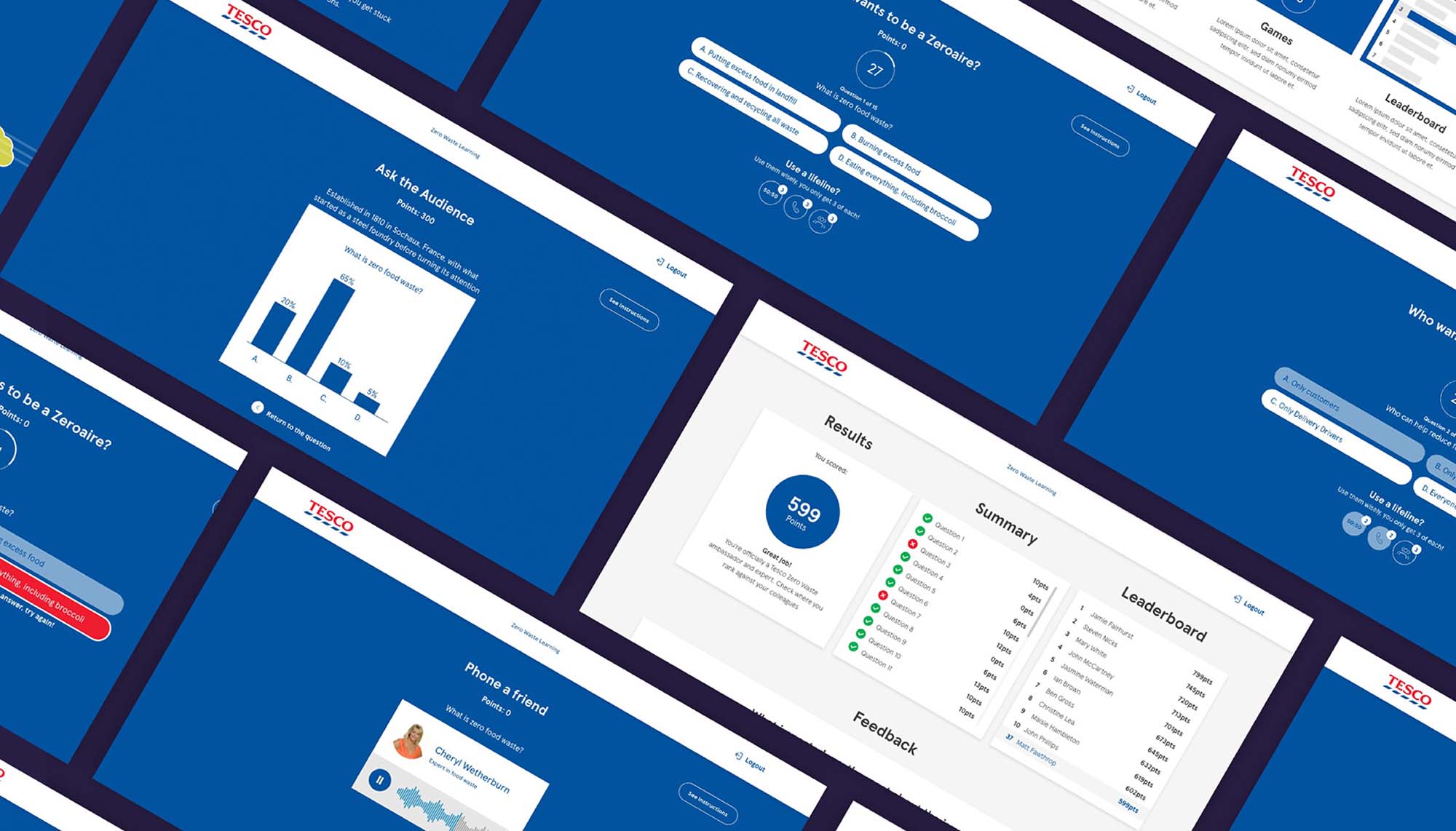
TICK TOCK, TICK TOCK
Learning is a journey, and we all have different paces and schedules. That’s why providing flexibility and ample time for learning is paramount to ensure that employees are fully engaged in the process. When learners have the freedom to choose when and how they learn, it empowers them to take ownership of their learning journey, and that leads to better results. It’s crucial to recognise that we all have different learning styles, and accommodating these differences can significantly impact the learning experience. At the end of the day, creating a culture of continuous learning takes time, but the investment is worth it because it makes employees feel valued and motivated to achieve their goals.

Learning for everyone
At the heart of every successful workplace is a commitment to inclusivity, and that starts with creating a learning environment that’s accessible to all. Whether employees have different learning styles, disabilities or health conditions, or simply prefer materials in different formats, it’s essential that we accommodate their needs if we want to foster a culture of inclusivity. That means going above and beyond to offer closed captioning or audio descriptions for videos, ensuring that technology is accessible to all, and providing materials in a range of formats. When we take these steps, we’re not just ensuring that everyone has an equal opportunity to learn – we’re also promoting greater retention of information and encouraging employees to apply their learning in the workplace. Ultimately, that’s what inclusivity is all about: creating an environment where everyone can thrive.

YOU'RE ON THE RIGHT TRACK
Feedback is the bread and butter of any learning experience. Without it, learners may be left in the dark about their progress and performance, which can be frustrating and demotivating. That’s why it’s essential to clarify expectations, identify areas for improvement, and provide encouragement and motivation. Feedback is a two-way street, and learners should also be encouraged to reflect on their progress and set achievable goals for themselves. One way to do this is by linking their goals to personalised development plans (PDPs), which can be reviewed regularly during catch-ups with their line managers. By doing so, learners can stay on track and make tangible progress towards their goals, leading to a more fulfilling and rewarding learning experience.
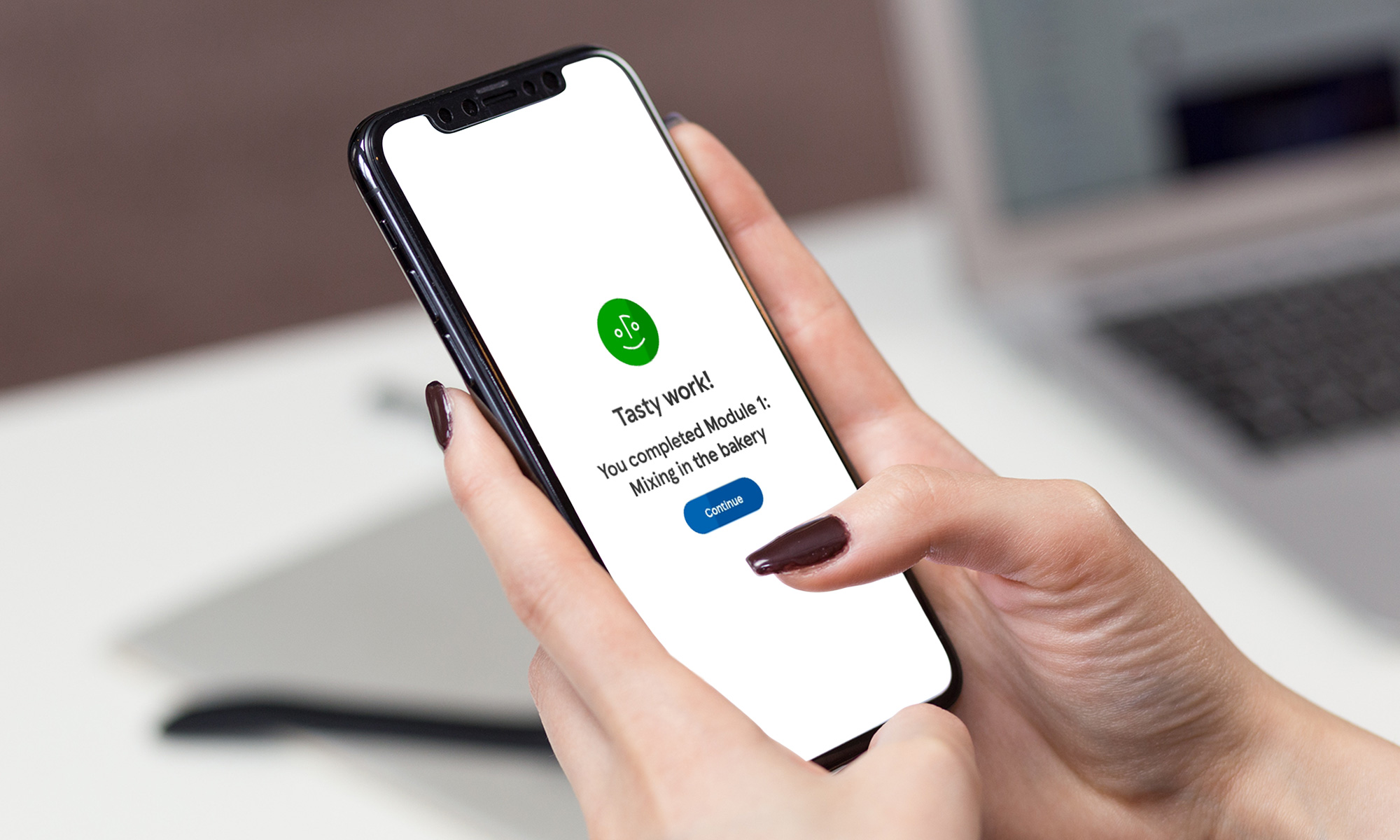
ADVOCATES FOR LEARNING
Having a learning champion within an organisation can significantly increase engagement in learning initiatives. A learning champion acts as an advocate for learning within an organisation keeping individuals motivated, inspired and informed. There are several reasons why having a learning champion is beneficial and leads to increased engagement in learning.
Learning champions raise awareness about the learning opportunities and resources available. They actively communicate about upcoming training programs, webinars, conferences, or other learning initiatives, ensuring that employees are aware of the benefits and relevance of these opportunities. They will share success stories and personal experiences with employees which encourages them to engage with learning and explore learning opportunities available.
Employees may sometimes feel overwhelmed or unsure about which learning path to pursue. A learning champion can offer guidance by recommending suitable learning resources, courses, or mentors. They provide a valuable support system, answering questions, sharing their own learning journeys, and helping individuals overcome obstacles or doubts they may have about engaging in learning activities.
A learning champion helps to build a sense of community among employees who are interested in learning. This community-building aspect fosters engagement and creates an environment where learning is seen as a collective endeavour.
By embodying a passion for continuous development, promoting awareness, providing guidance and support, fostering a learning community, advocating for resources and opportunities, and celebrating achievements, the learning champion inspires and encourages employees to embrace learning, resulting in a more engaged and skilled workforce.
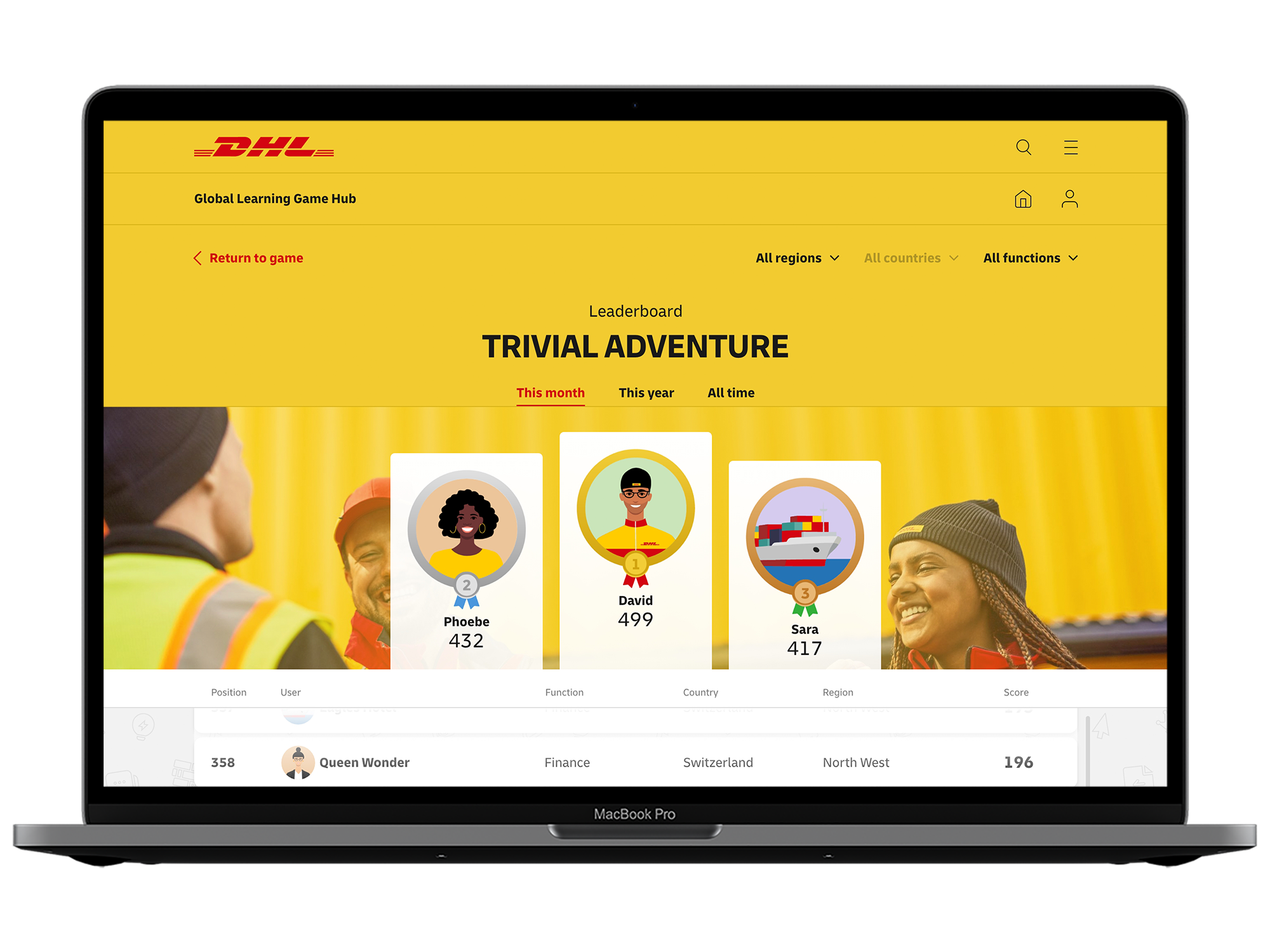
Recent global shifts have heightened organisations’ awareness of the critical significance of up-skilling and re-skilling their employees. As companies adapt to evolving work dynamics and emerging challenges, there has been a renewed emphasis on retaining and nurturing their workforce by investing in continuous learning and development opportunities. Companies have increased their investment in L&D, particularly in the areas of digital skills and remote work, to meet the changing needs of their employees and their businesses. Despite significant investment in learning content, the average completion rate for online learning courses is only 29%, highlighting the need for companies to improve engagement and achieve better ROI for their L&D spend. Companies can improve engagement by focusing on identifying skill gaps, providing relevant and curated learning journeys, setting clear goals and providing rewards, encouraging peer-to-peer recognition, and incorporating gamification into their training programs.
